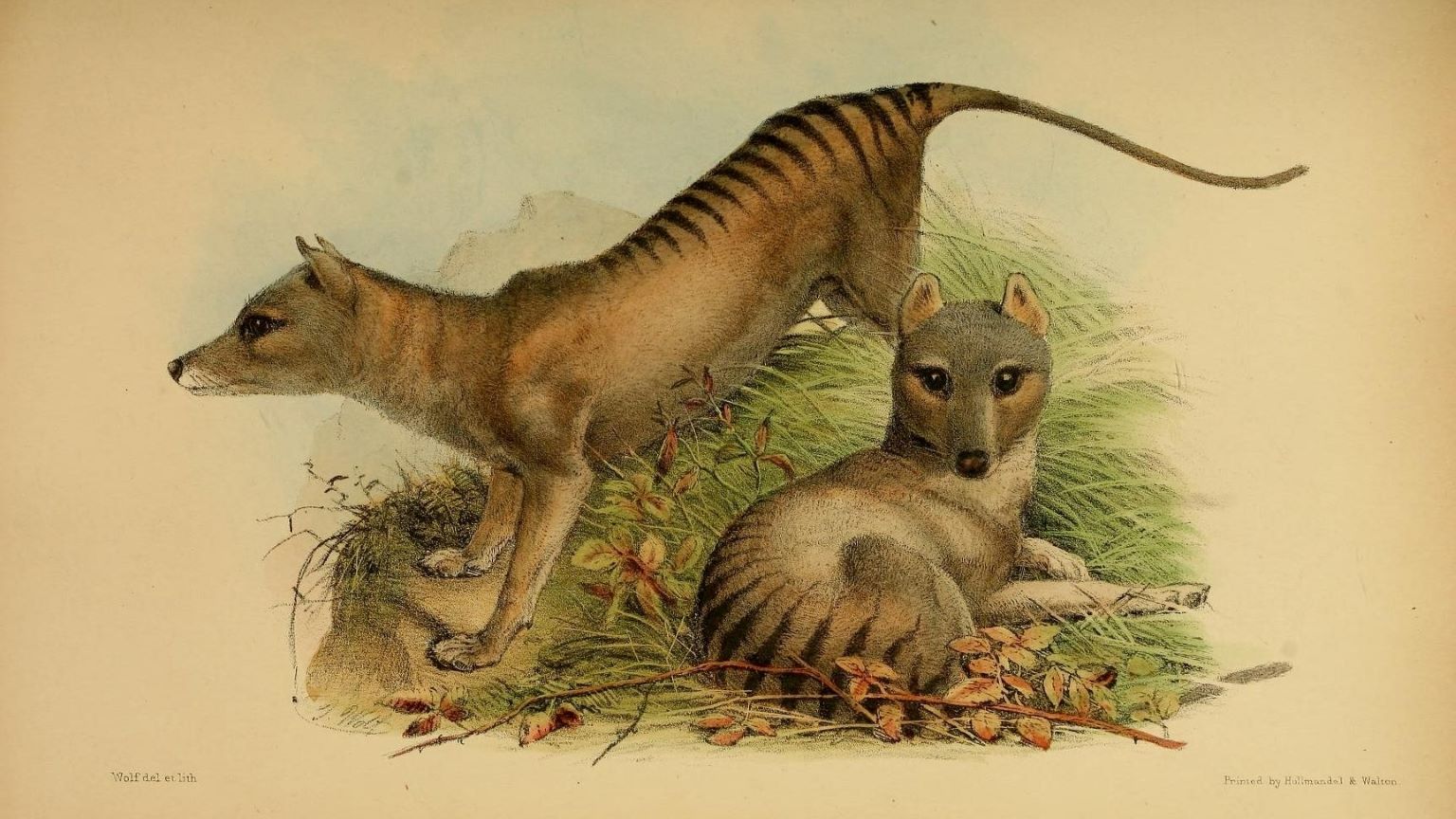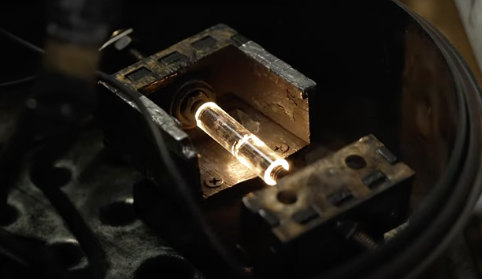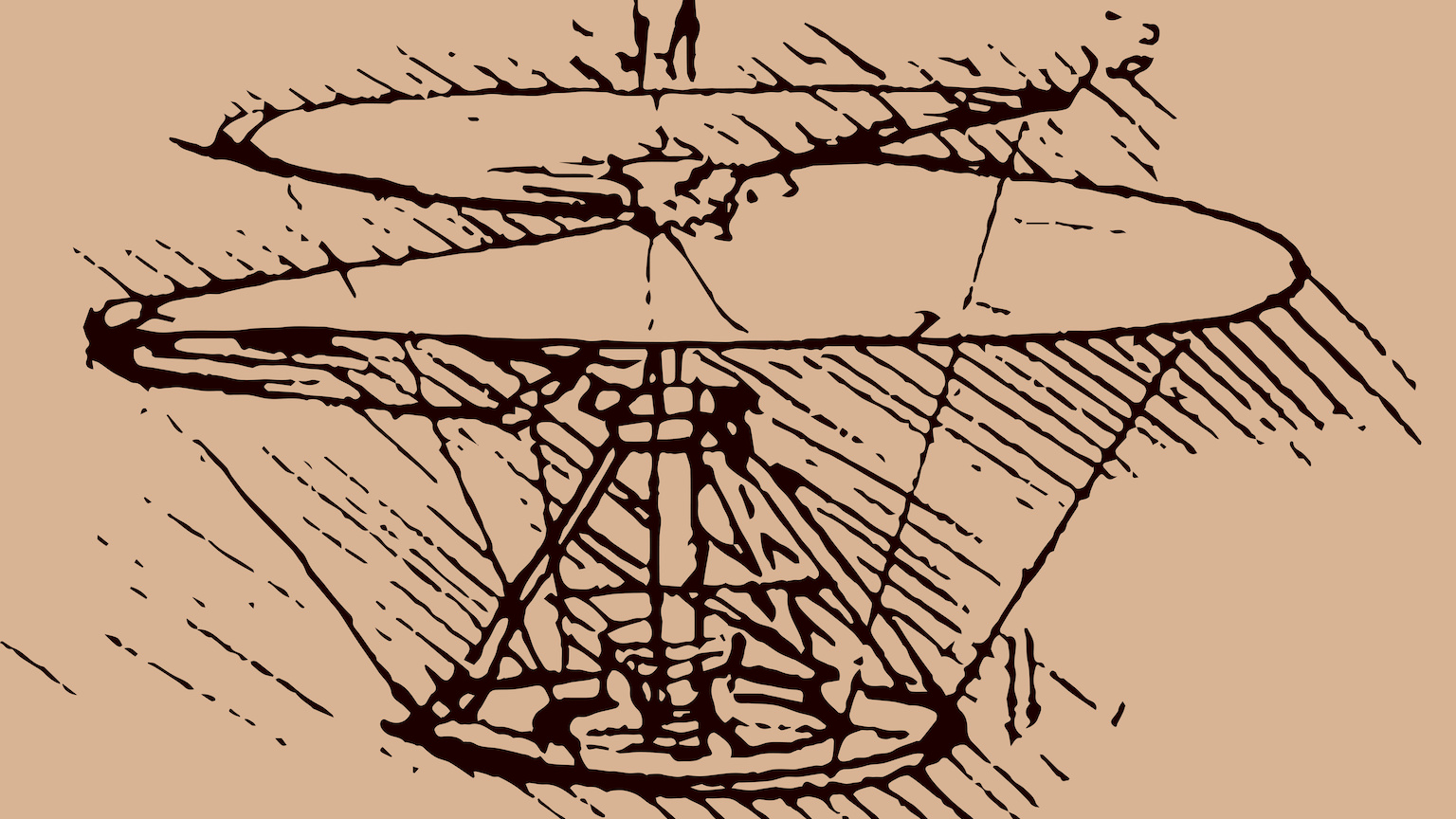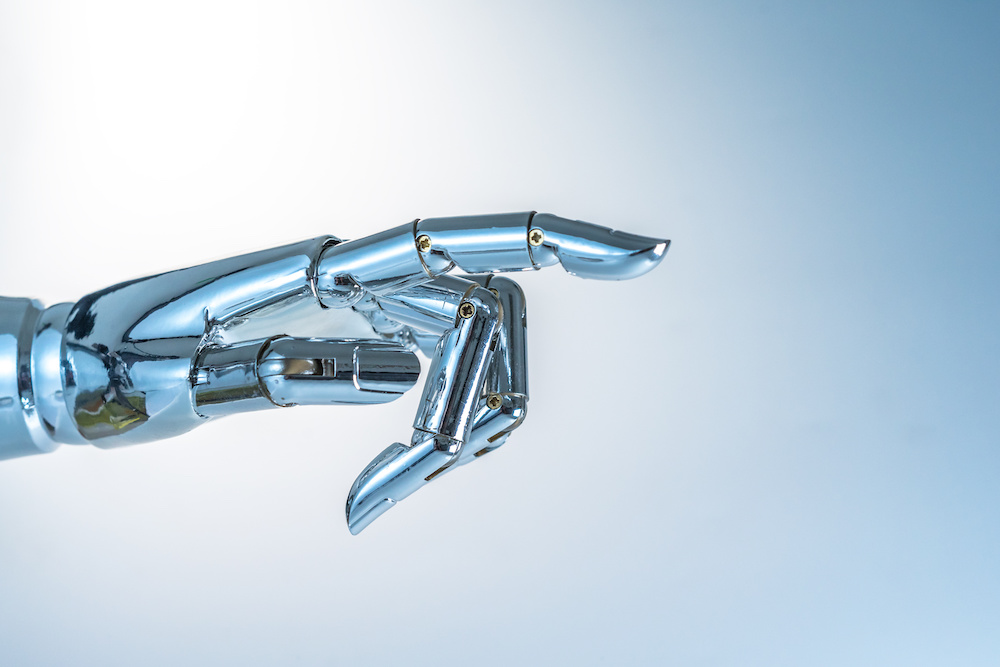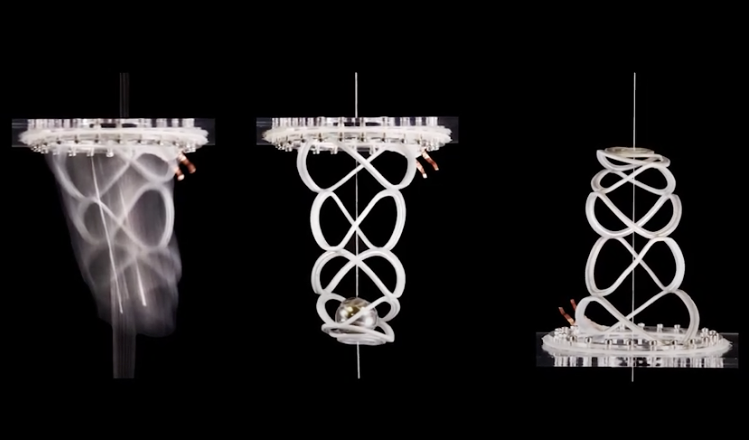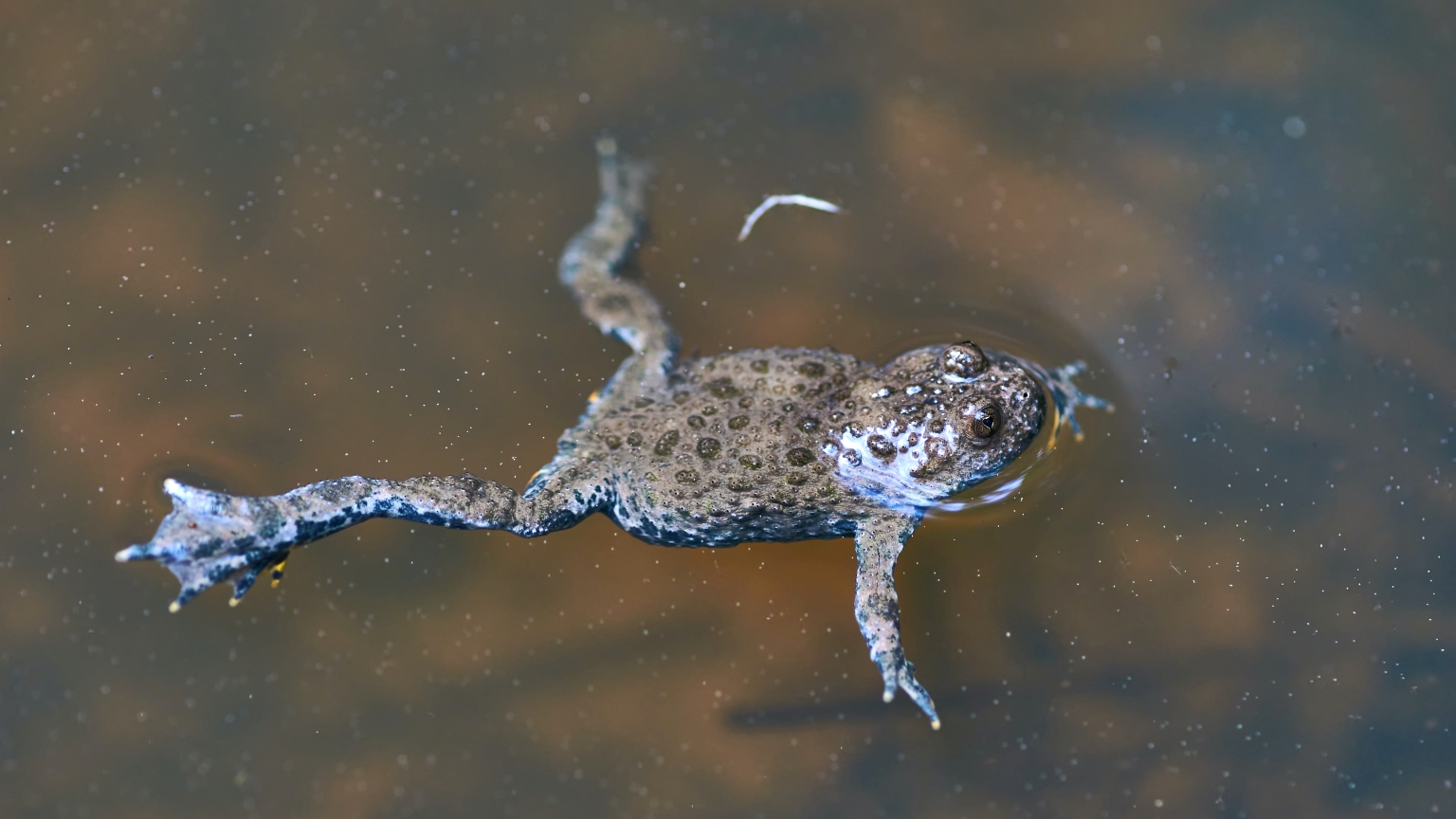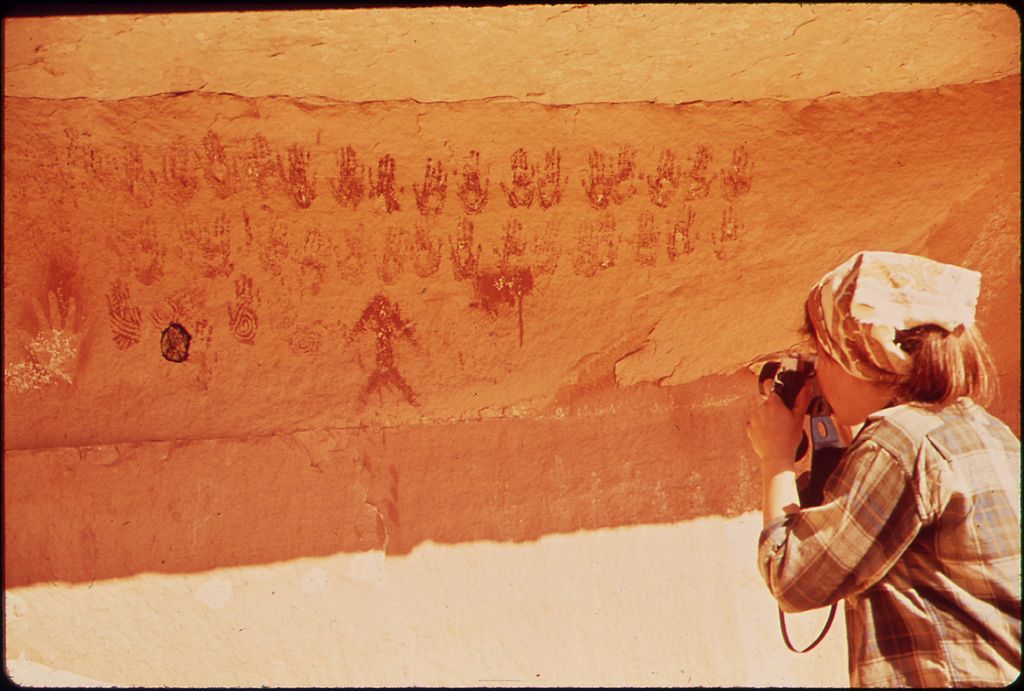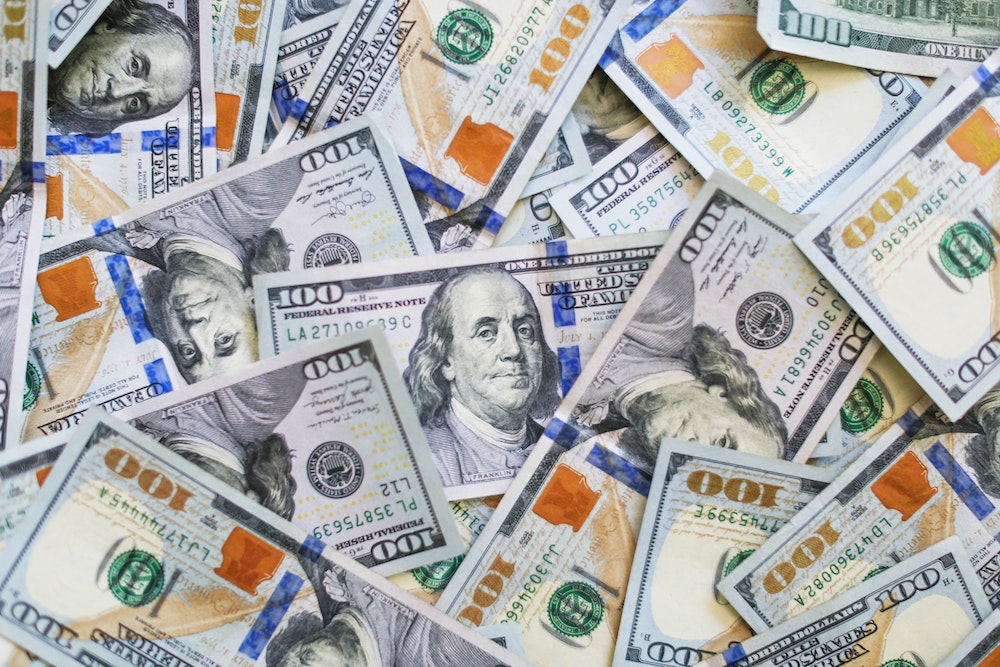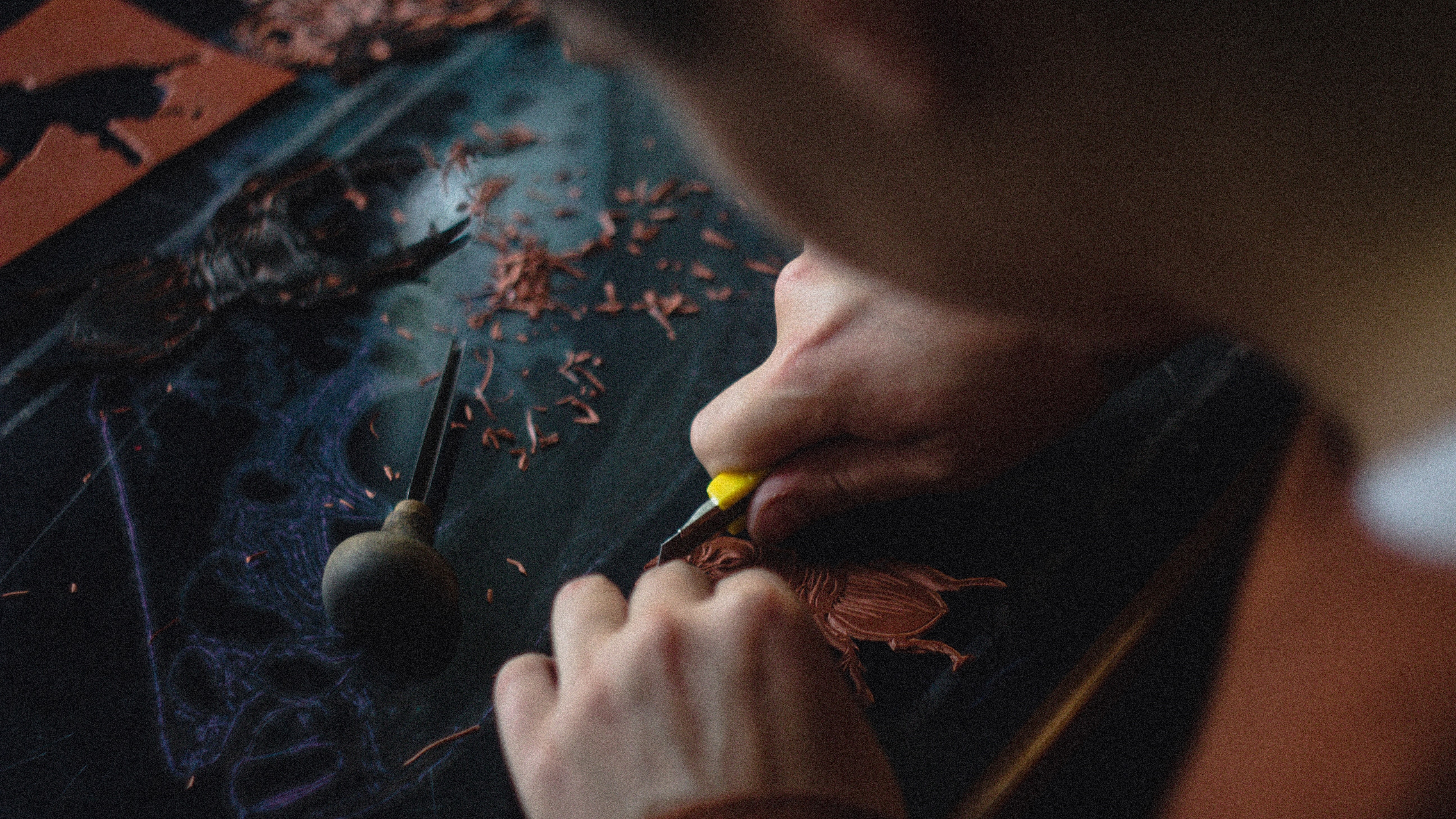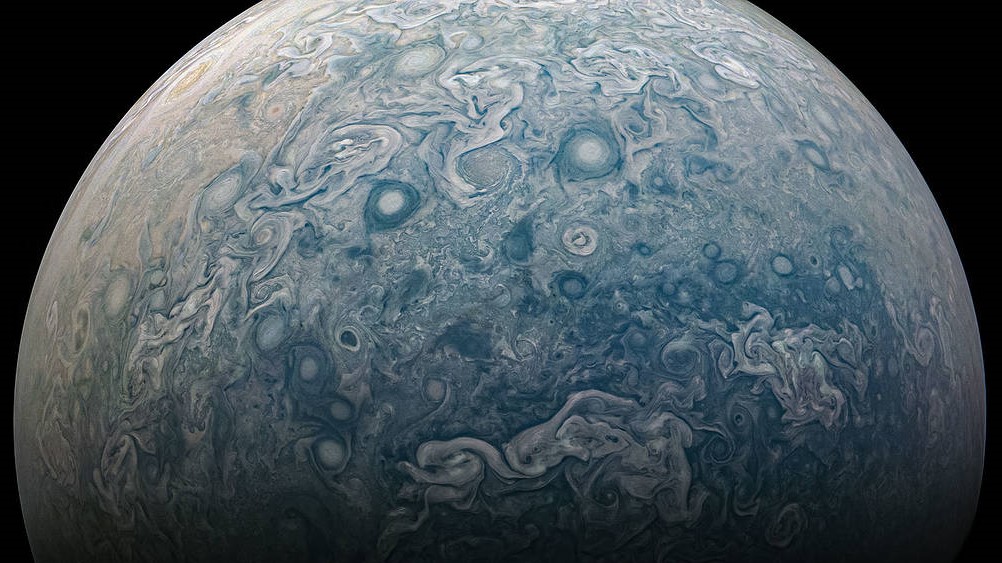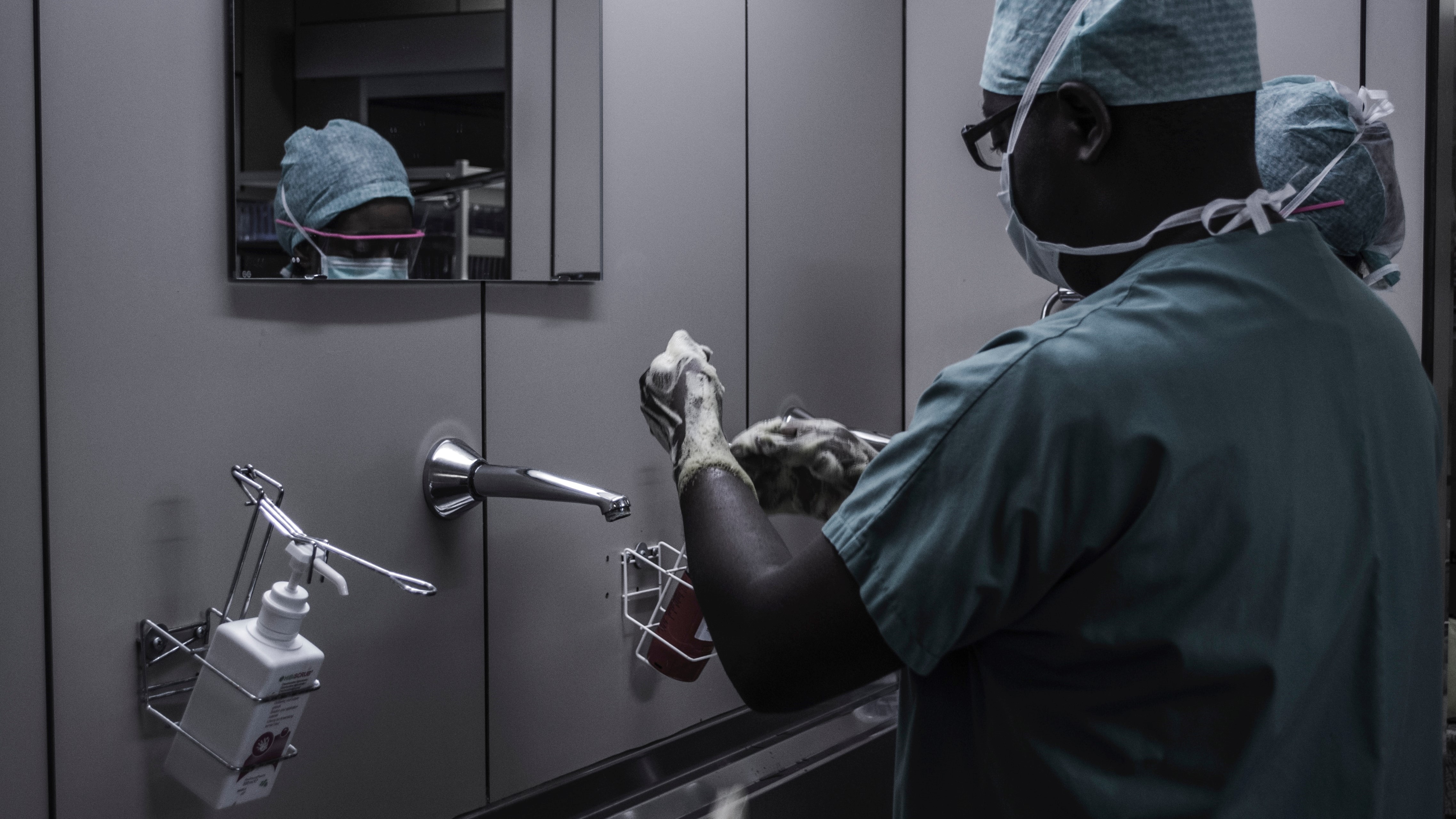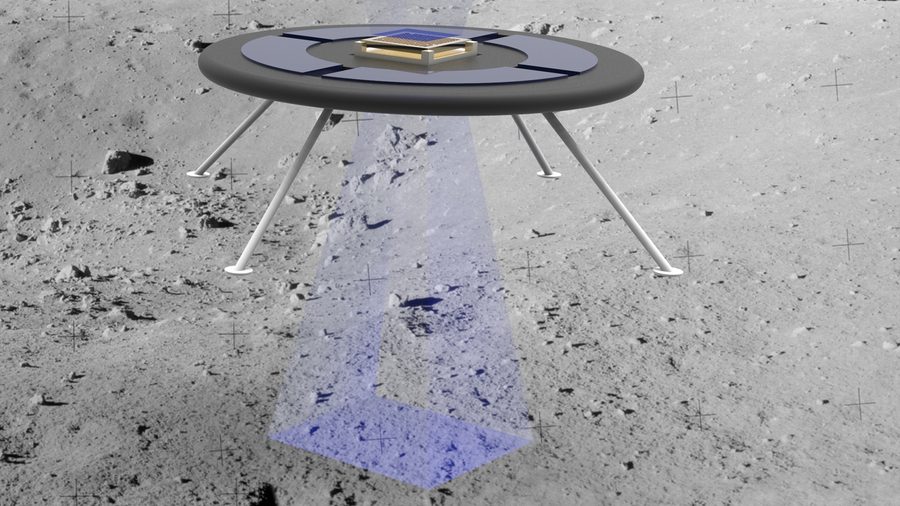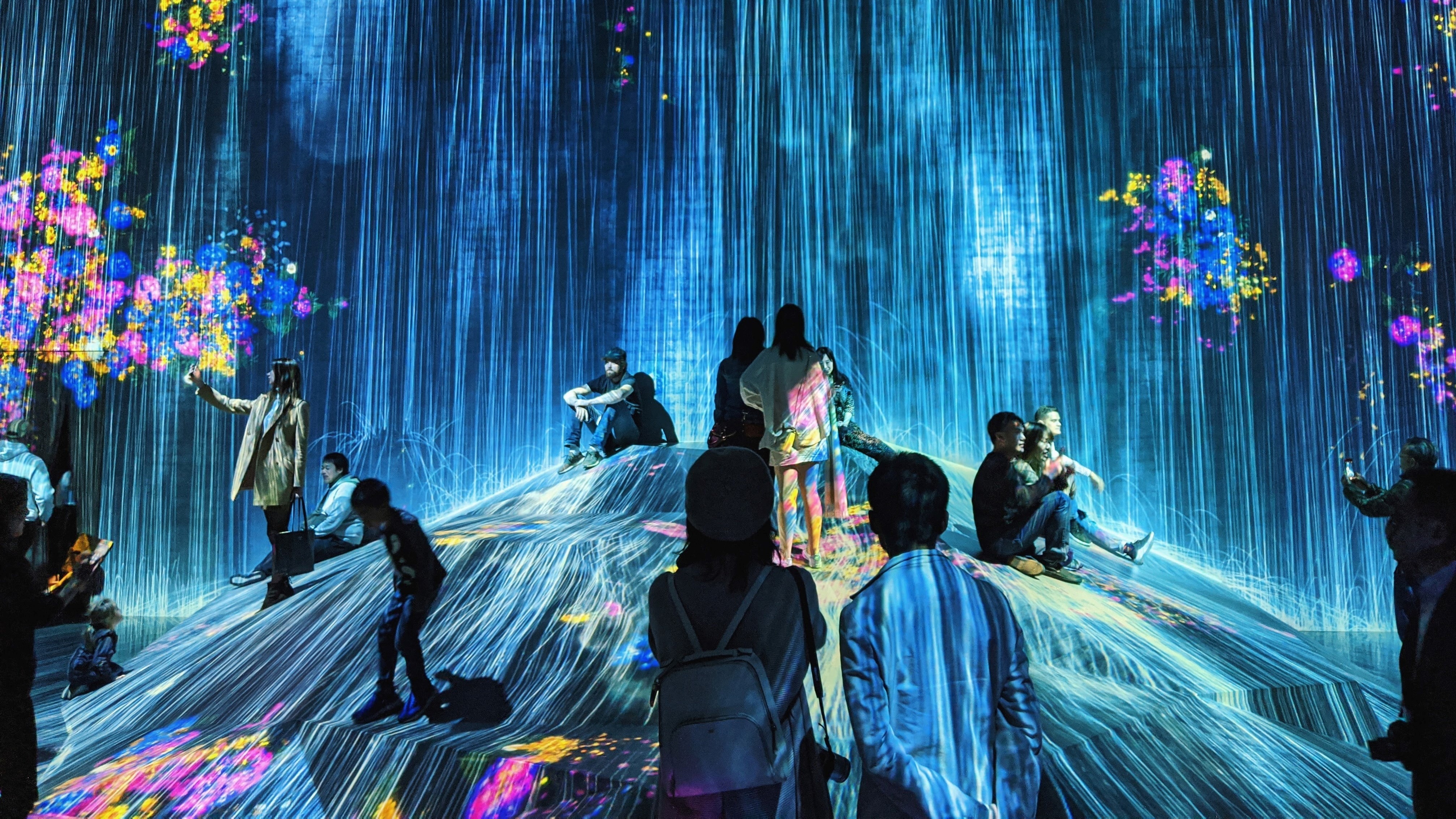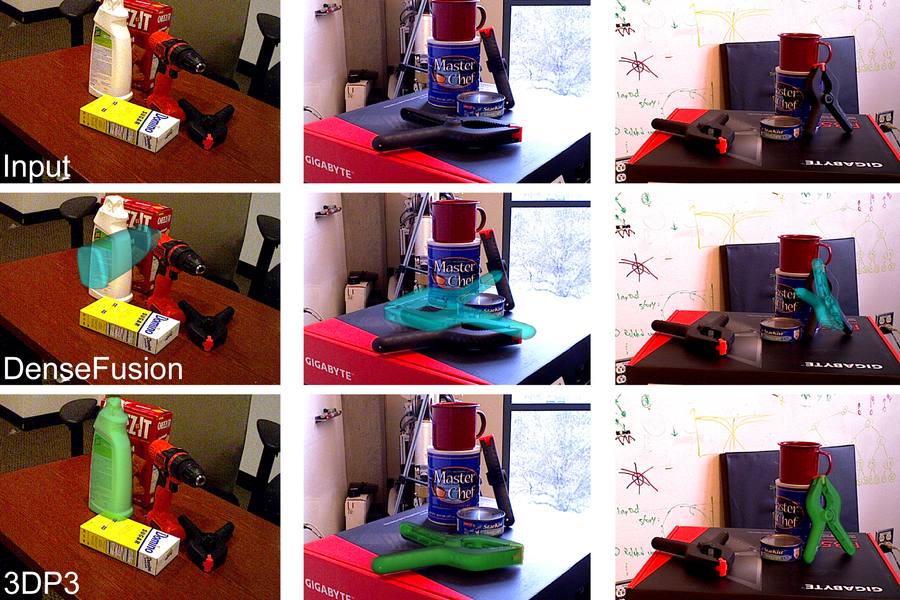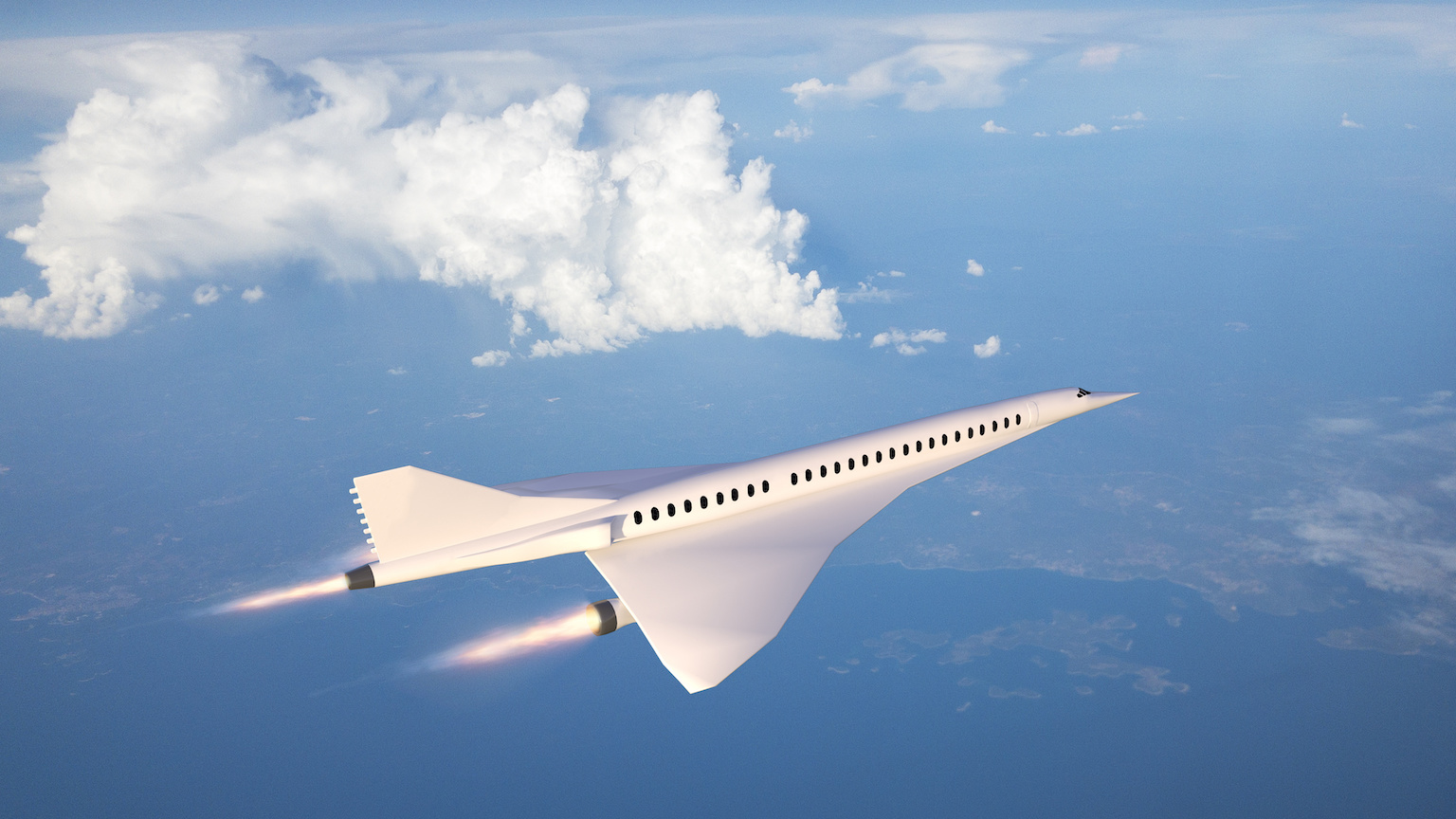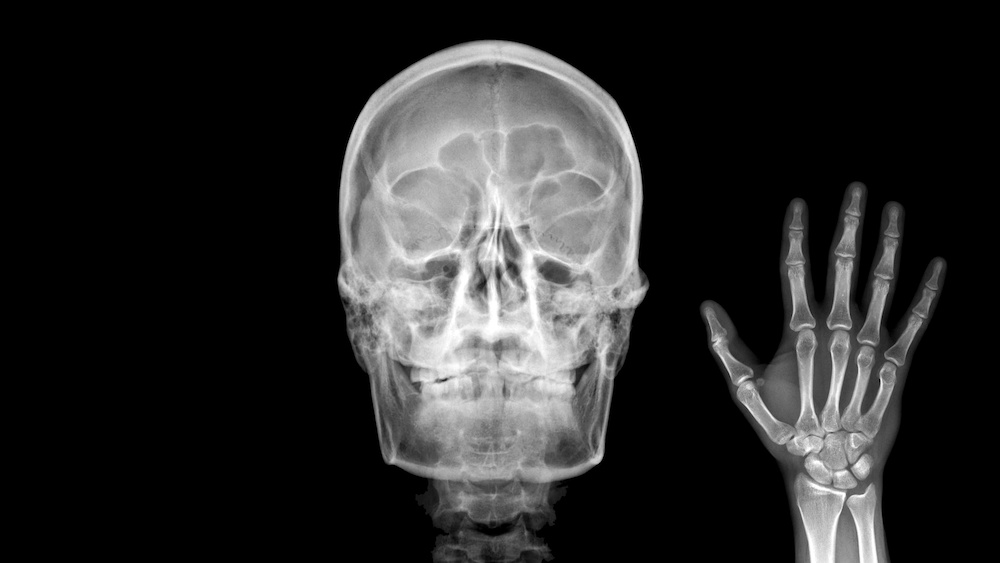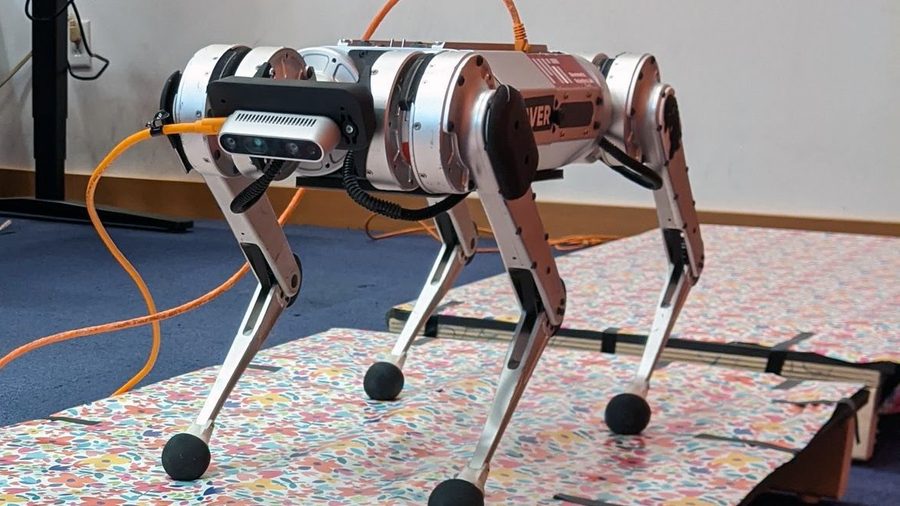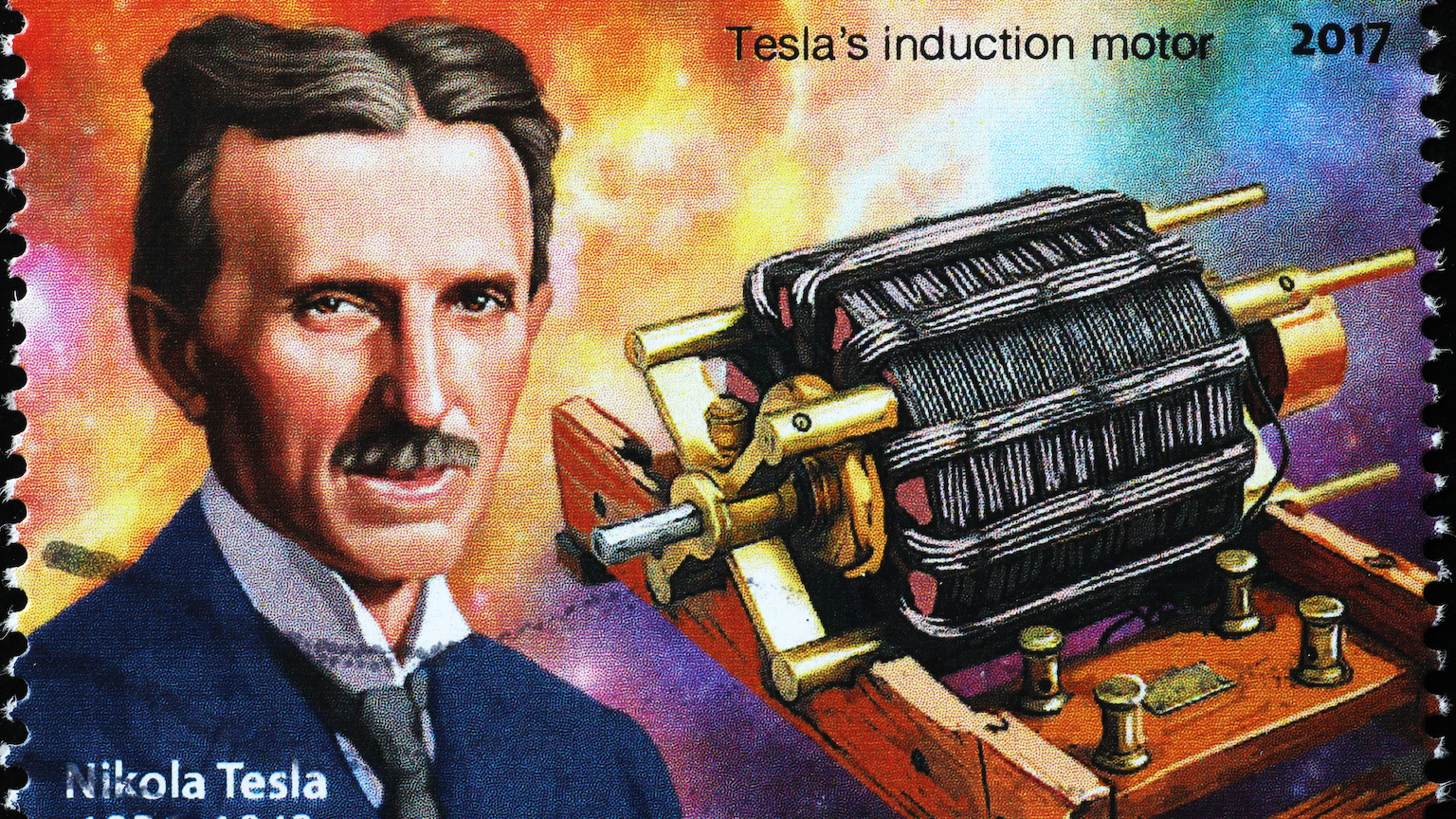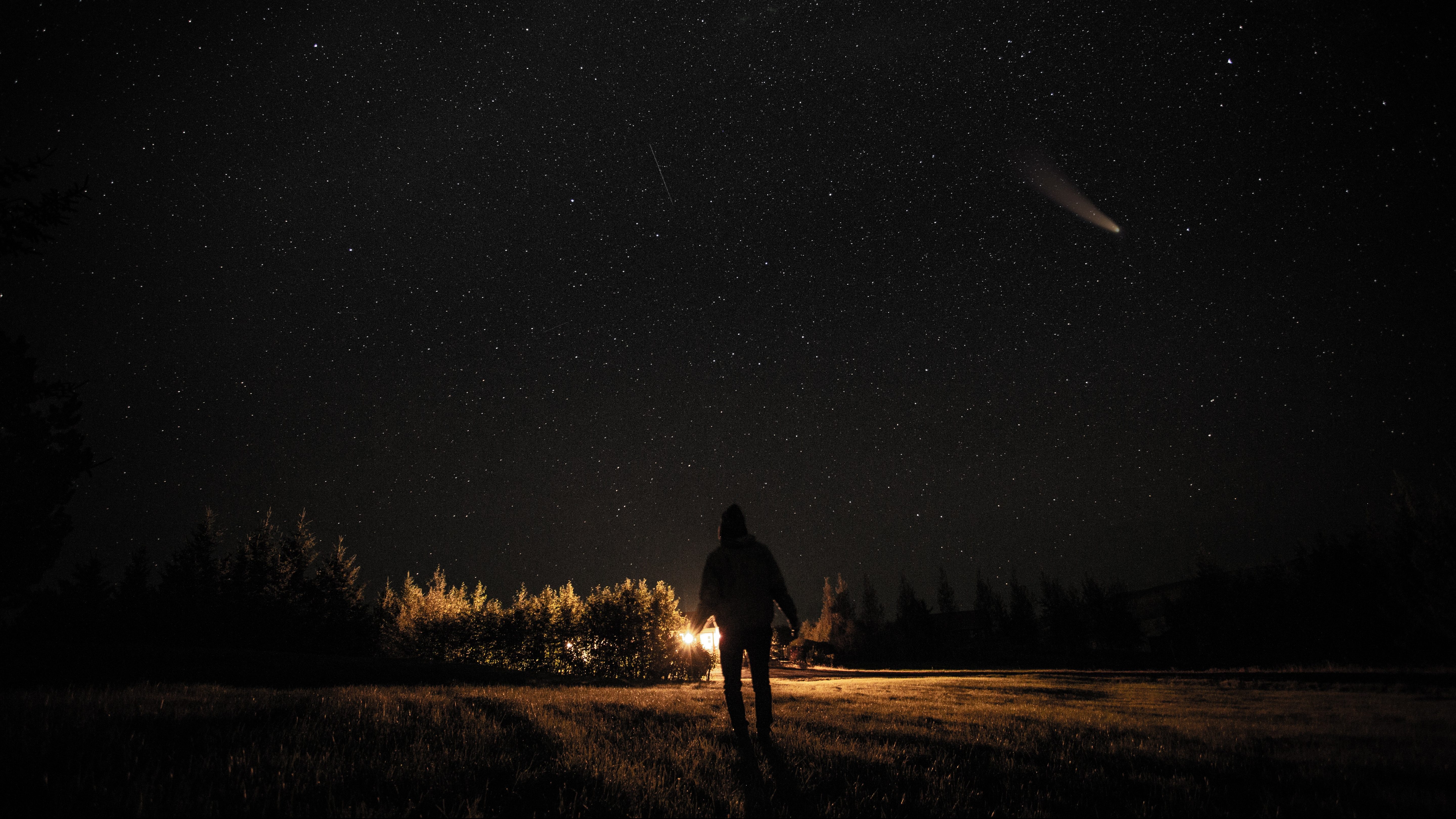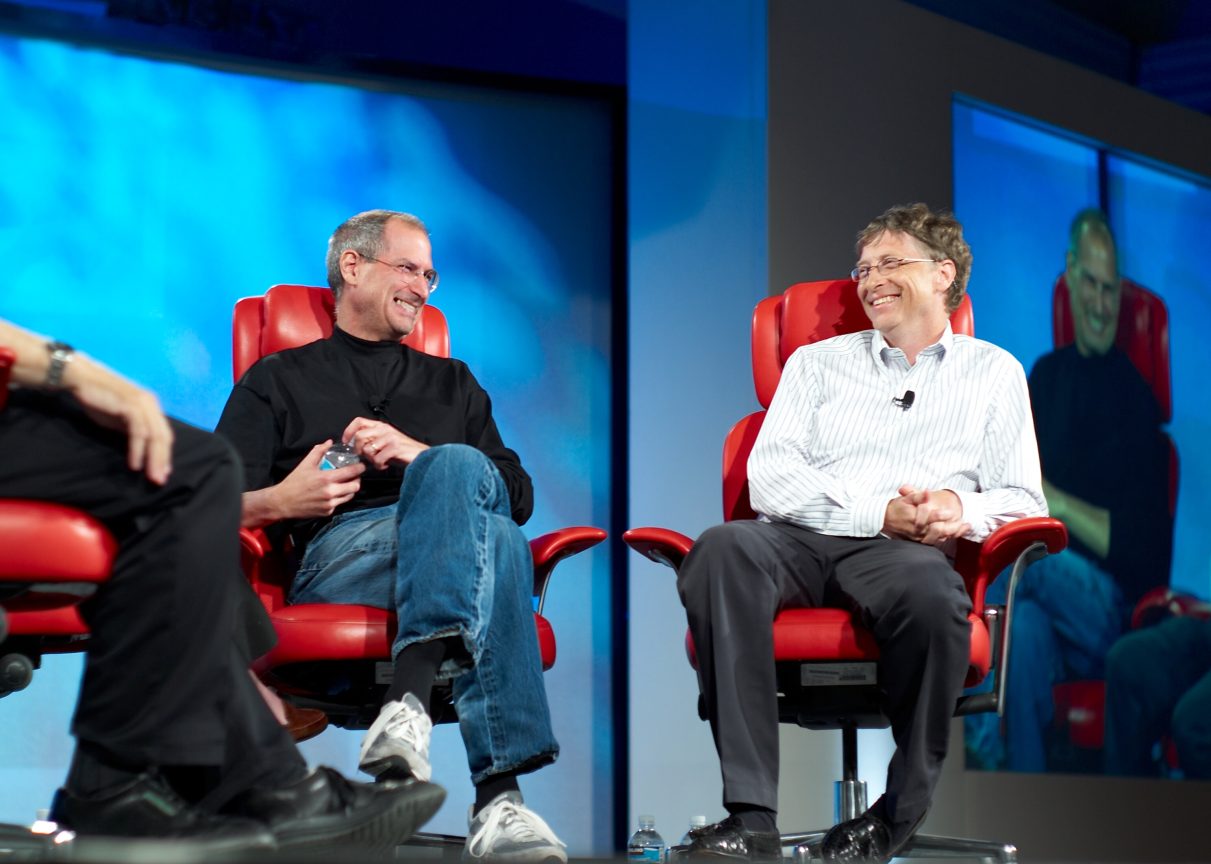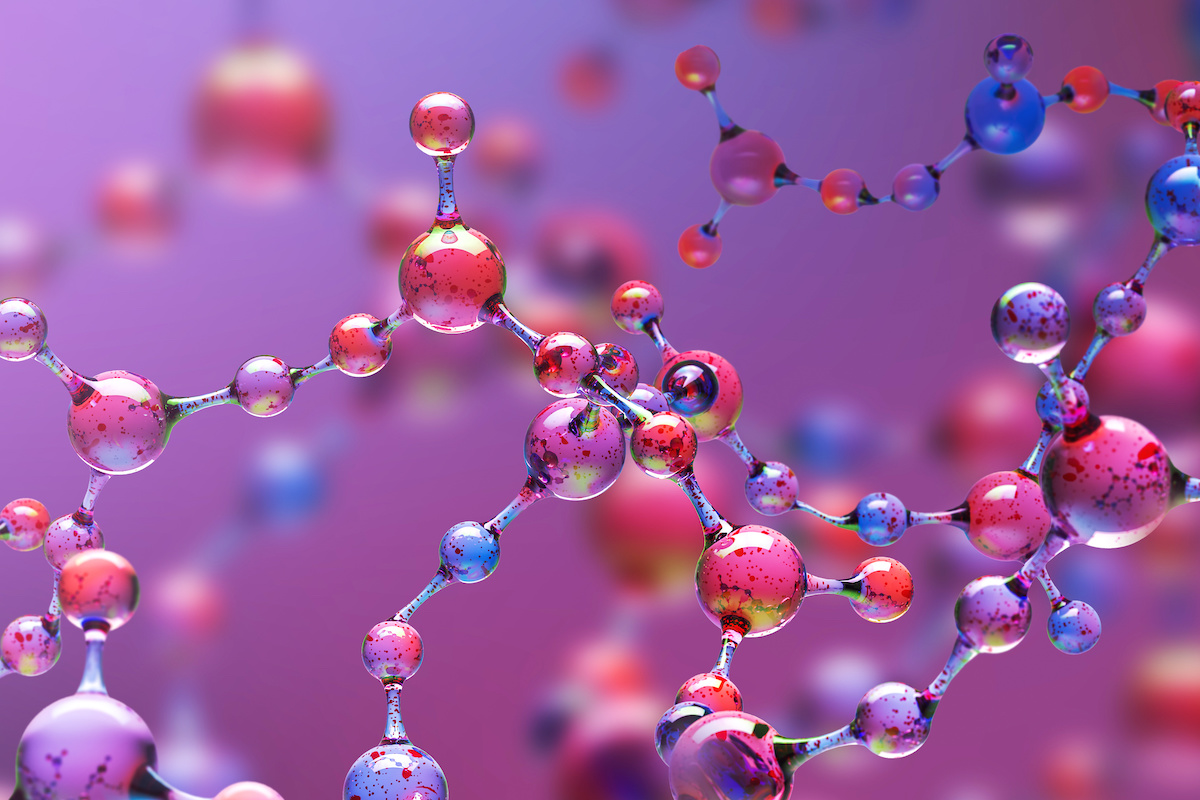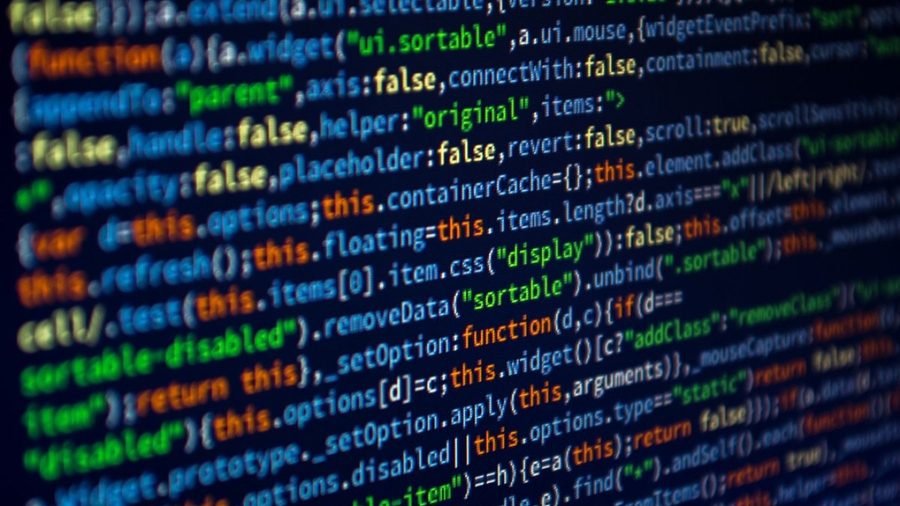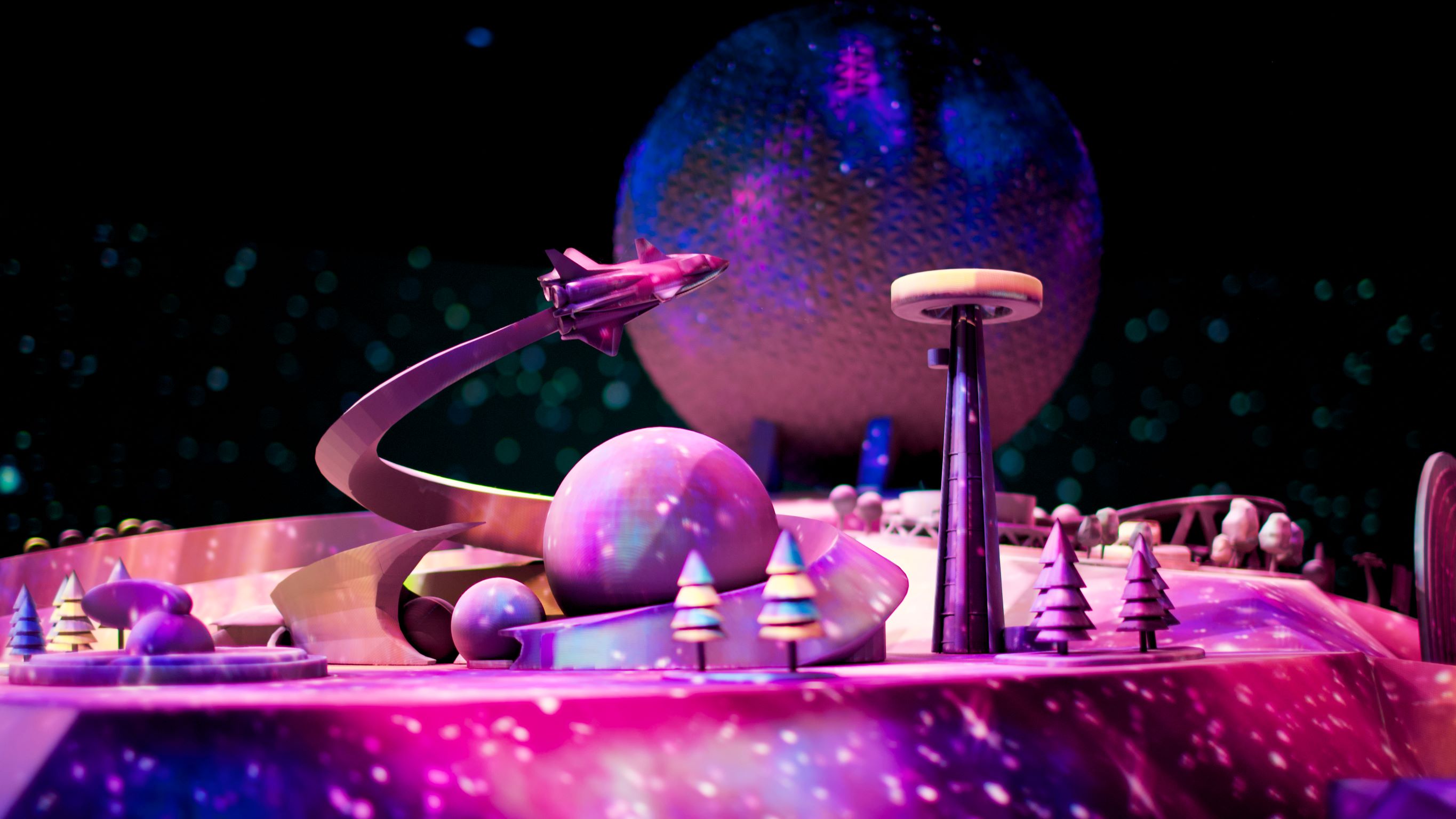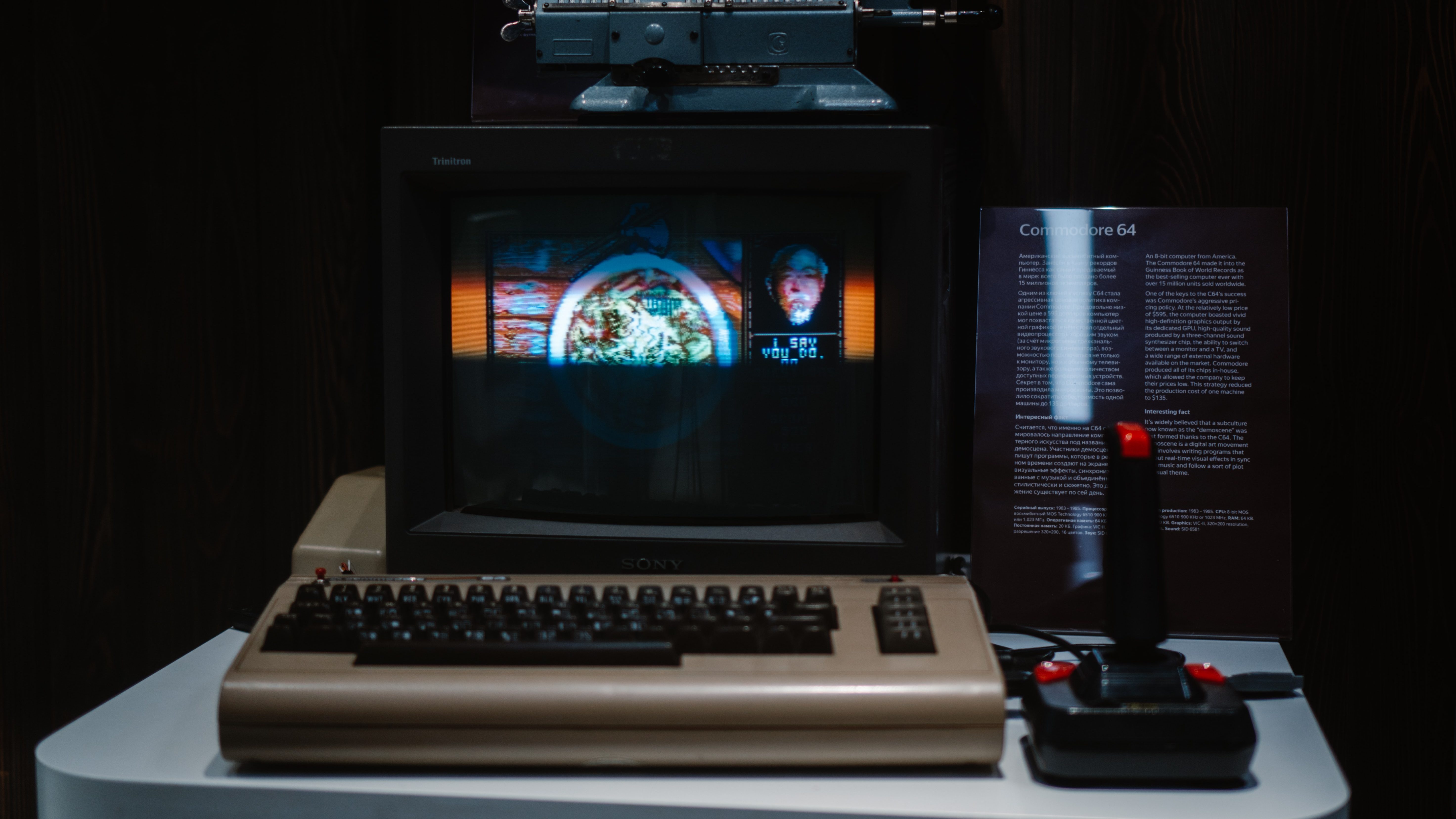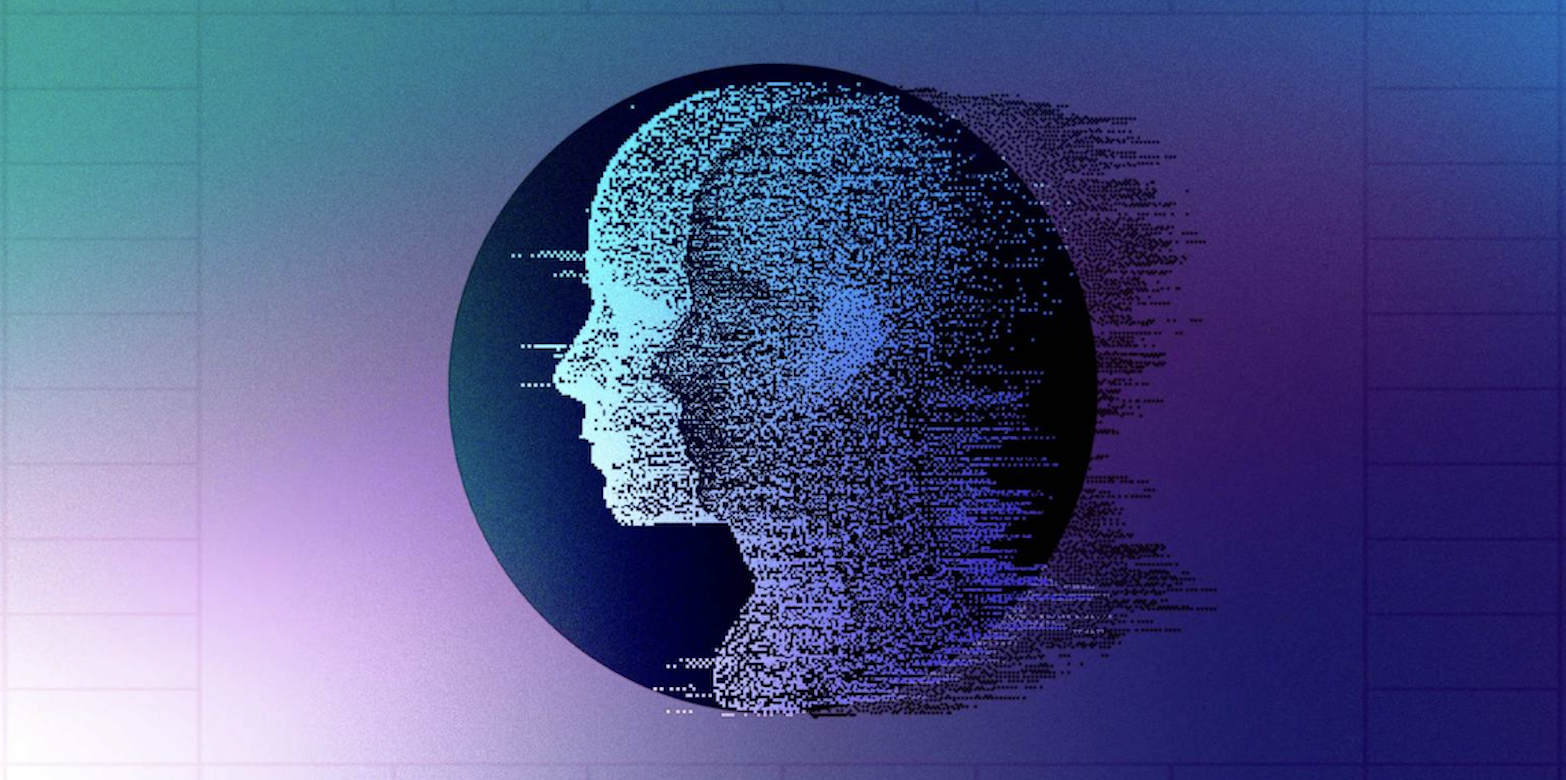innovation
On Nov. 13, 1946, a scientist dropped crushed dry ice from a plane into supercooled stratus clouds.
Assume we can make new thylacines, mammoths, diprotodons, or sabre-tooth cats. Great. Now where do we put them?
A new method of extracting rare-earth elements could put us on the track toward a circular economy.
Da Vinci dreamed up a helicopter 400 years before they actually existed. Now, engineers have brought his design to life, but with a twist.
According to surveys, approximately half of artificial intelligence experts believe that general AI will emerge by 2060.
Outfitted with wheels and rotors, the bot can morph from a land drone into a quadcopter in seconds.
Scientists looked for ways to trigger the “build whatever normally was here” signal for cells at the site of a wound.
For a long time, important events could only be visualized retroactively through paintings. Photography allowed us to capture history as — or sometimes even before — it happened.
Math offers good evidence that humans can solve any problem — as long as there’s money in it.
Flow occurs when a task’s challenge is balanced with one’s skill.
With a new telescope on the horizon, we reflect on the best pictures of space that came before.
It started with a 22-year-old woman, named in papers only as Mrs McK.
A levitating vehicle might someday explore the moon, asteroids, and other airless planetary surfaces.
Hybrid working, robot fast food workers, and the rapid acceleration of NFTs are just the beginning.
If you put very fine black powder powder in a confined space it explodes in a cloud of heat, gas and noise.
A new “common-sense” approach to computer vision enables artificial intelligence that interprets scenes more accurately than other systems do.
One day, we could fly across the U.S. in half an hour. A state-of-the-art hypersonic flight testing facility at UTSA could help make that dream a reality.
A recent study overviews the thinnest X-ray detector ever created.
Are we really only a moment away from “The Singularity,” a technological epoch that will usher in a new era in human evolution?
A new control system, demonstrated using MIT’s robotic mini cheetah, enables four-legged robots to jump across uneven terrain in real-time.
From textiles and transportation to chemicals and microchips, a group of researchers proposes a new way to measure the impact of innovation.
“Should they strike, each of them has an energy at impact equal to all of the nuclear weapons on Earth combined.”
Intrapreneurs tap into the spirit of entrepreneurialism to innovate and find personal meaning at work, but organizations need to celebrate their efforts more.
Asymmetric organocatalysis is an environmentally friendly way of accelerating chemical reactions and creating specific types of molecules.
MIT scientists show how fast algorithms are improving across a broad range of examples, demonstrating their critical importance in advancing computing.
In 1966, Disney announced his intention to build Epcot, an acronym for “Experimental Prototype Community of Tomorrow.”
Computer Space lacked a critical ingredient that the other games possessed: gravity.
The holograms use ‘aerohaptics’, which creates feelings of touch with simple jets of air.
Mind Bank Ai is the newest entrant in an ambitious idea: using AI to create a kind of immortality.

